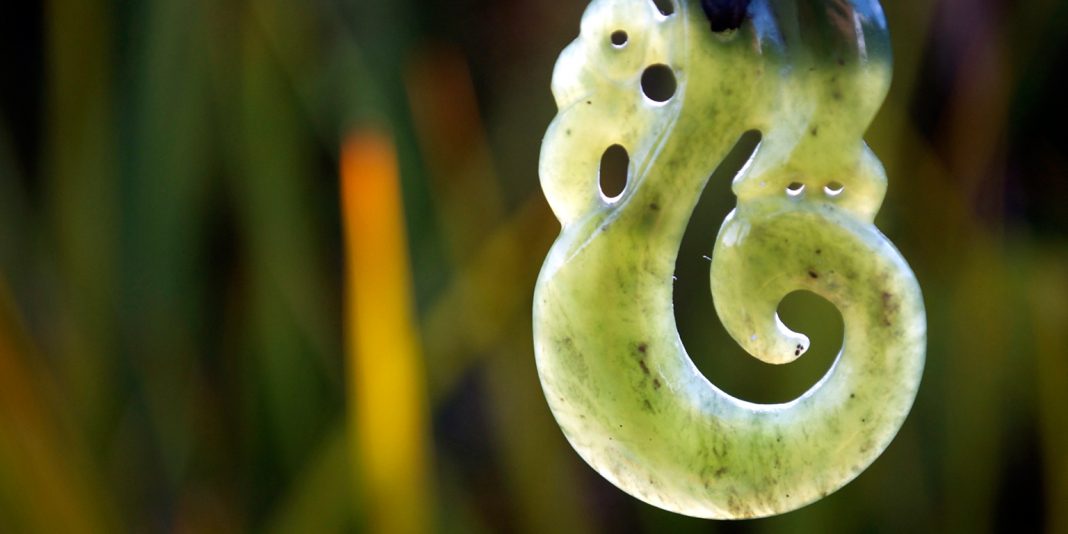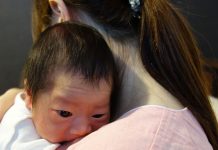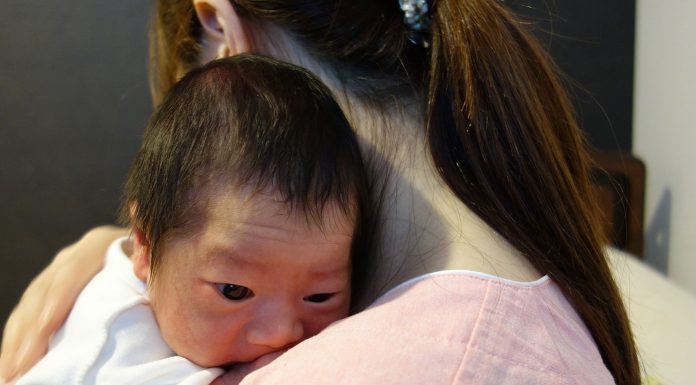
In 1983 a challenge was issued to the then Auckland Hospital Board – there was an obvious lack of Māori nurses in their system to care for Māori patients.
Māori nurses in Auckland picked up the wero (challenge) that had been issued by MP Matiu Rata, academic Ranginui Walker and advocate Atareta Poananga in the NZ Herald and called a hui. Eleven Māori nurses attended the resulting hui held at a Ponsonby community centre[1]. The hui participants resolved to network amongst all their Māori nurse contacts and call a larger hui to discuss forming an organisation and to collectively share each other’s nursing stories and experiences.
A register was created recording the names, nursing qualifications, experience and tribal affiliations of each Māori nurse. The inauguration hui of the Auckland Māori Nurses Group was held in October 1983 at Te Tira Hou Marae in Panmure. Pia Makiha of Te Arawa, the group’s chair, challenged hui attendees to focus on Sir Maui Pomare’ vision of training (Māori) health professionals who could plan and implement health programmes for Māori. She considered that:
“……..perhaps in hindsight he should have taken this further and appealed to the Māori people in their tribal areas to support their own professional people in the planning and implementation of health programmes…..”.[2]
The group kept increasing and by February 1984 the first national hui of Māori nurses was convened at Te Puea Memorial Marae in Mangere. This was attended by Te Arikinui Dame Te Ata-i-Rangikahu (the Māori queen), Aussie Malcolm, the Minister of Health; and Dame Margaret Bazley, Director of Nursing at the then Department of Health. At that hui it was unanimously decided that the name of the Māori nurses group would be the National Council of Māori Nurses, Te Kaunihera o Ngā Neehi Māori o Aotearoa. The kaupapa of the Council was also set – Waerea te ara ki te ora – Clearing the way towards total health and wellbeing. The Minister of Health in his address to the hui, stated that he:
- supported the hui and Māori nurses forming their own group
- believed in self-responsibility in health and saw the then Waahi Marae initiative at Huntly as an example of Māori taking responsibility for their health
- saw (Māori) nurses as the bridge between the department (of Health) and the people
- felt that we must promote sensitivity and awareness of our people’s customs and culture
- knew nursing to be a healing profession and our success was measured in the harmony created, not the tensions[3]
New Zealand’s chief nurse Margaret Bazley described the hui as “extremely exciting” and summarised her impressions with the following points:
- Māori language is important. People expect Māori nurses to understand Pākeha people, but not the other way around
- 33,000 nurses in (total) in NZ. Māori population is 10%. (So should be several thousand Māori nurses)
- Suggested approaching the education system and offering to assist at nursingschools
- And setting up a map of health agencies for people, especially the kaumātua
- First time (she) had seen all nursing fields working together
- Could use us (Council) as a resource to mobilise the workforce
- Advised us to “maximise our energies” by concentraing on areas only we could do
- Main objective – to improve the health of Māori people[4]
Gaining a mandate for Te Kaunihera
The newly formed National Council of Māori Nurses (NCMN) went on to attend the national Māori Health Planning Hui Whakaoranga and accompanied Health Minister Aussie Malcolm onto the Hoani Waititi marae in West Auckland.
Pia Makiha, our chairperson stood beneath the tāhuhu (main ridge pole) of the whare hui (meeting house) to address the hui and explained who we were and why we had formed. Also attending were past and current presidents of the Māori Women’s Welfare League, some of whom queried our presence and relevance in their midst. This was a significant Māori health hui as it was the first of many more to follow throughout the country.
The hui recognised Māori health as a Government priority and provided the platform for another two important pieces of work developed by renowned Māori intellectuals; Dr Mason Durie presented Te Whare Tapa Wha, his Māori health model, and Dr Rose Pere presented Te Wheke, her whānau health model.
By the end of 1984 Te Kaunihera o Nga Neehi Māori o Aotearoa had appointed PutiPuti O’Brien from Ngati Awa as patroness. The constitution was signed by 15 members on November 30 and a new leader for the organisation, Mereana Solomon a senior Auckland Hospital nurse from Ngāpuhi, was nominated and appointed as president. Mereana remained as the first president for the newly formed Te Kaunihera until the first annual general meeting (AGM) held at Wahiao Marae in Whakarewarewa, Rotorua. Gisborne principal public nurse Matire (Tum) de Ridder was elected the next president in 1985.
Integral to establishing Te Kaunihera was a $6000 Ministry of Health (MoH) grant in 1985 so the council could hold a series of consultation hui amongst whānau, hapῡ iwi, Māori organisations and Māori nurses throughout the country. Wherever they went, the Māori nurses were accompanied by a network of supportive kaumātua and kuia (Māori elders) who were the cultural voice of Te Kaunihera. Presentations and explanations about our kaupapa – Waerea Te Ara Ki Te Ora – were made to all Māori attendees and it was during these consultation hui that Te Kaunihera was given the mandate by iwi to speak on their behalf about Māori health and nursing matters.
This role was also supported by Health Minister Aussie Malcolm when he addressed the NZNO’s predecessor – the New Zealand Nurses Association’s (NZNA) – annual general meeting on April 4 1984:
“I have been talking a lot about Māori health lately and I think it appropriate to mention today because it goes back to the roots of nursing in New Zealand……. It is the story of individual nurses who gave their lives to improving the health of Māori and settlers in very remote areas……and as always, nurses are at the forefront of this process of change.
One of the most exciting, and for me personally rewarding developments I have seen as Minister of Health is the emergence of the National Council of Māori Nurses. This group has tremendous mana and I want to recommend them to you as a profession. They have gone out of their way to be totally correct in terms of Māori culture, and to establish their right to stand tall as a valid group among the Māori people. But they are also in every way your professional sisters. As they work at the forefront of change in our health services in relation to Māori health, they need the good will and support of the entire nursing profession. When they talk to the Māori people they are recognised as nurses. When they talk to the nursing profession please recognise them as Māori. They understand the need to promote sensitivity to the customs of minority groups, customs surrounding birth, sickness and death, which are so often at odds with our traditional hospital procedures. I enlist your help in promoting a better service in a truly multicultural society”.[5]
Equal partners
The first journey for Te Kaunihera outside Aotearoa and into the Pacific occurred in 1986. Along with the then NZNA, Te Kaunihera members (accompanied bykaumātua) attended the South Pacific Nurses Forum (SPNF) in Rarotonga. Both organisations considered themselves to have the authority to represent and speak about nursing and health matters affecting the people of Aotearoa: NZNA as the mainstream-national nursing organisation in the country; and Te Kaunihera/NCMN as the newly-formed and mandated indigenous-Māori national nursing organisation.
After a meeting called by the presidents of both groups, to negotiate a position for Te Kaunihera as the Aotearoa indigenous speakers on Māori health, we resolved to sit at the Forum delegates’ table as equal partners and to each present national reports from our respective views of Aotearoa. This position was added to the South Pacific Nurses Forum (SPNF) constitution when the conference resumed the next day. That SPNF constitution was ratified two years later in Port Moresby, Papua New Guinea where the Forum was attended by the then Te Kaunihera president Tuila Tenari and two other Te Kaunihera members.
Among Te Kaunihera attendees in that first Rarotonga Forum back in 1986 were Te Kaunihera kaumātua Putiputi O’Brien (Patroness, Ngati Awa), Hohepa Kereopa (kaumātua support, Kutarere Opotiki), Mahia Wallace (Te Arawa) and Marge Rau-Kupa (Taranaki). This attendance secured the place of Te Kaunihera as the tangata whenua nursing partner at international forums alongside other nursing colleagues from New Zealand. It was the result of difficult negotiations with NZNA at that time, however the outcome was mutual respect between the two national nursing entities and it provided the much needed nursing front from Aotearoa.
Table 1:

Currently, membership of Te Kaunihera o Ngā Neehi Māori o Aotearoa is increasing and its presence is felt and sought after at national and international nursing forums. We are motivated to continue the legacy of our passionate Māori nurse predecessors – of ka whawhai tonu mātou (struggle without end). We stand united and continue to be the voice of our people to – Waerea Te Ara Ki Te Ora – Clear the way towards total health and wellbeing, including Te Ōhanga Mataora – nurturing the well face.
We have much to look ahead to with some of our major projects identified for implementation. Three main focus areas in 2014-15 are: recruitment and retention, workforce development; and monitoring for best nursing practices in Kawa Whakaruruhau – cultural safety, quality, and competence in nursing education and service delivery. The role of our National Executive team is to support implementation in these focus areas.
The National Executive members of Te Kaunihera o Ngā Neehi Māori o Aotearoa are currently: Hemaima Hughes (President) and Mr Lewis Boyles, both from Te Tau Ihu o Te Waka a Maui Whakatu Nelson Branch; Margareth Broodkoorn representing Te Tai Tokerau Northland region; Linda Thompson and Caroline McKinney representing Tamaki Makaurau Auckland region; Jean Batt representing the Waiariki region; Donna Foxall representing Ikaroa-Rawhiti region; Vicki Simon representing Te Tai Hauāuru; and Ada Campbell representing Waitaha/Canterbury region. We can be contacted at: www.maorinursescouncil.org.nz Linda Thompson, National Executive member, 2014.
References:
- The Minutes of the First Meeting of Māori Nurses Auckland Region, 4th September 1983
- Report of the Auckland Māori Nurses Inauguration Hui October 28-30 1983.
- Report on the Māori Nurses Hui held at Te Puea Marae. February 24-26 1984.
- Ministerial Speech: Minister of Health’s address to the Annual General Meeting of the New Zealand Nurses’ Association, Wellington. 4th April 1984






















